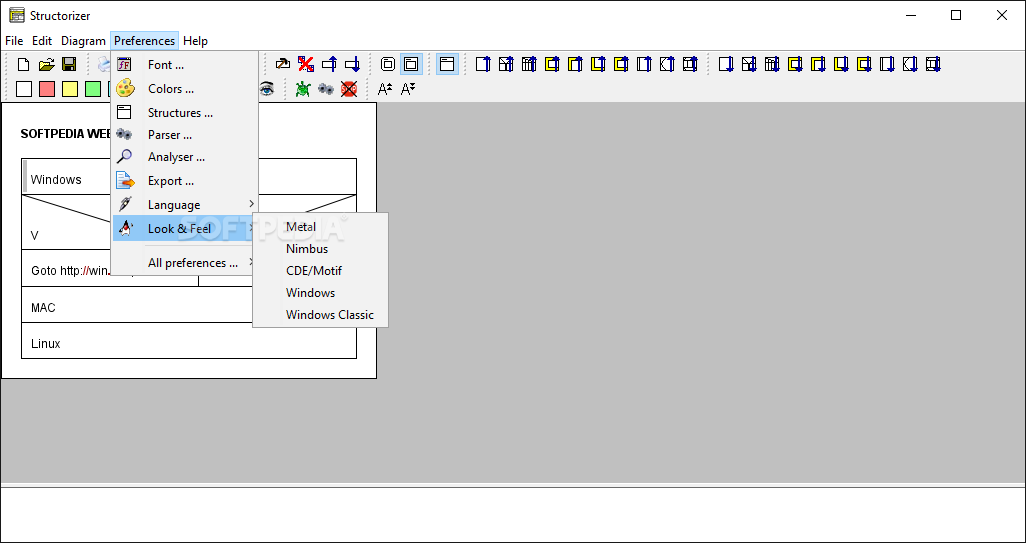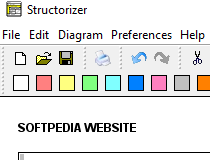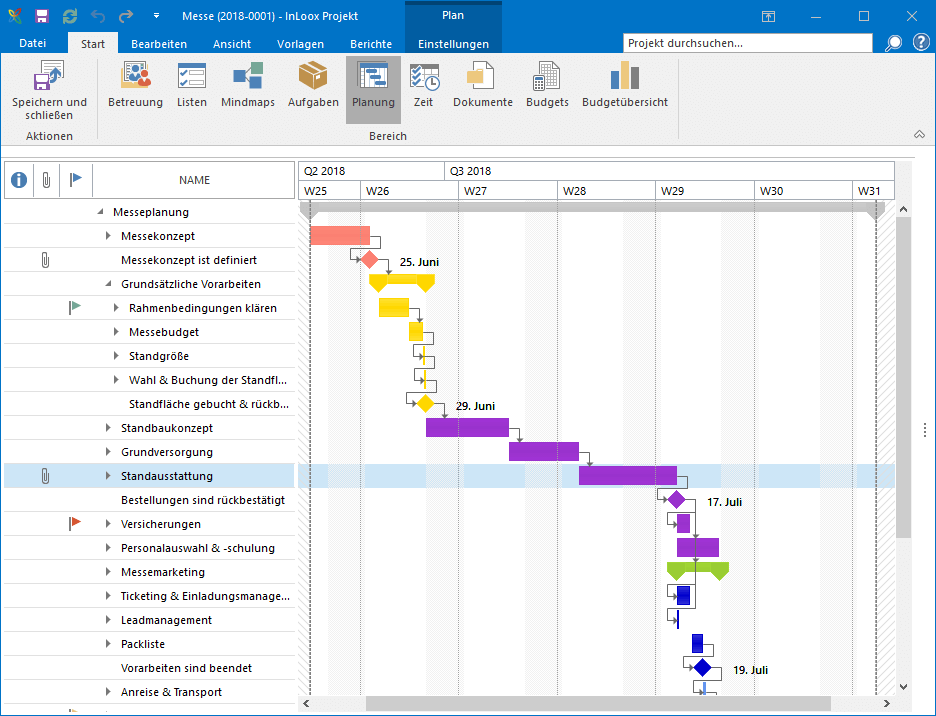

You may have to experiment with some language-specific Import Preferences or manually pre-process such code files (e.g. Code with pointers will pass the syntax analysis but the resulting diagrams won't be executable because Executor doesn't support pointer types. This means code that makes use of GO TO instructions or other means of the source language not being compatible with the idea and concepts of structured programming. In particular, Structorizer cannot sensibly import so called "spaghetti code". By now, this import feature is only available for CLI Pascal, C (ANSI-C99), Java (SE 8), COBOL, and Processing files, other programming languages are likely to follow.īe aware that the grammars used by Structorizer for parsing the source code are usually somewhat simplified, and you might face parser errors with some correct code samples, which are simply too complex for a reverse engineering or contain peculiarities Structorizer may not cope with anyway. You are also welcome to propose functional enhancements the same way, if you think that some useful feature is missing.Structorizer allows to derive a structogram from a given source code file (reverse engineering). If you find the product behaviour differing from this User Guide or some malfunction then please don't hesitate to report this as an issue (bug report). The dialogs are localized in several languages you may choose among (either on the welcome dialog you see below or via the menu " Preferences › Language"): Looks plain and simple (and is meant to be!), but yet "under the hood" there is a lot of functionality waiting for you to try it out. Report list, Arranger index, and Code preview may be disabled independently.) Within the tabbed pane you may change the tab with cursor keys.

(Diagram work area, tabbed pane with Arranger index and Code preview, its currently selected tab, and Analyser Report list form a focus ring through which you may navigate with the key in clockwise and with in counter-clockwise direction. Code preview, where the translation of your current diagram into your favourite export language is simultaneously shown.Arranger index, which lists all groups of diagrams currently held in the Arranger tableau in lexicographic order (per group: main programs first, then subroutines, then includables).a Tabbed info pane on the right-hand side, presenting:.the Report list where the Analyser component (if activated) writes warnings on dubious diagram contents (the related diagram elements may be marked with a red or blue triangle), and.the Work area, which is where you create your NSD,.the Menu, which provides most of what the Toolbar does and some more features,.


Structorizer use online how to#
How can a single user guide meet the expectations of so wide a scope of readers? Though the main focus is to describe how to use this software rather than teaching to program or the first things about computers, we will often have to go back to the roots. Among the potential users of Structorizer there may be programming experts who are fond of the clarity of Nassi-Shneiderman diagrams for algorithm design and documentation and just needed a convenient editor on the one end and absolute beginners just starting to comprehend what programming is about and were told to try their first steps in structograms (cf.If anyone of you wants to get implicated in this editorial challenge, just drop me a mail and I will give you access to the CMS.Though the product itself has several localizations, we hope that for the user guide English will do for most of you. To keep this documentation up-to-date with a dynamically developing product is a bunch of work, so please understand that we can't manage to do this in several languages simultaneously.I (we) hope to offer you a detailed enough user guide for Structorizer, which is meant to be easy to use but has acquired a lot of features that might need some explanation.


 0 kommentar(er)
0 kommentar(er)
